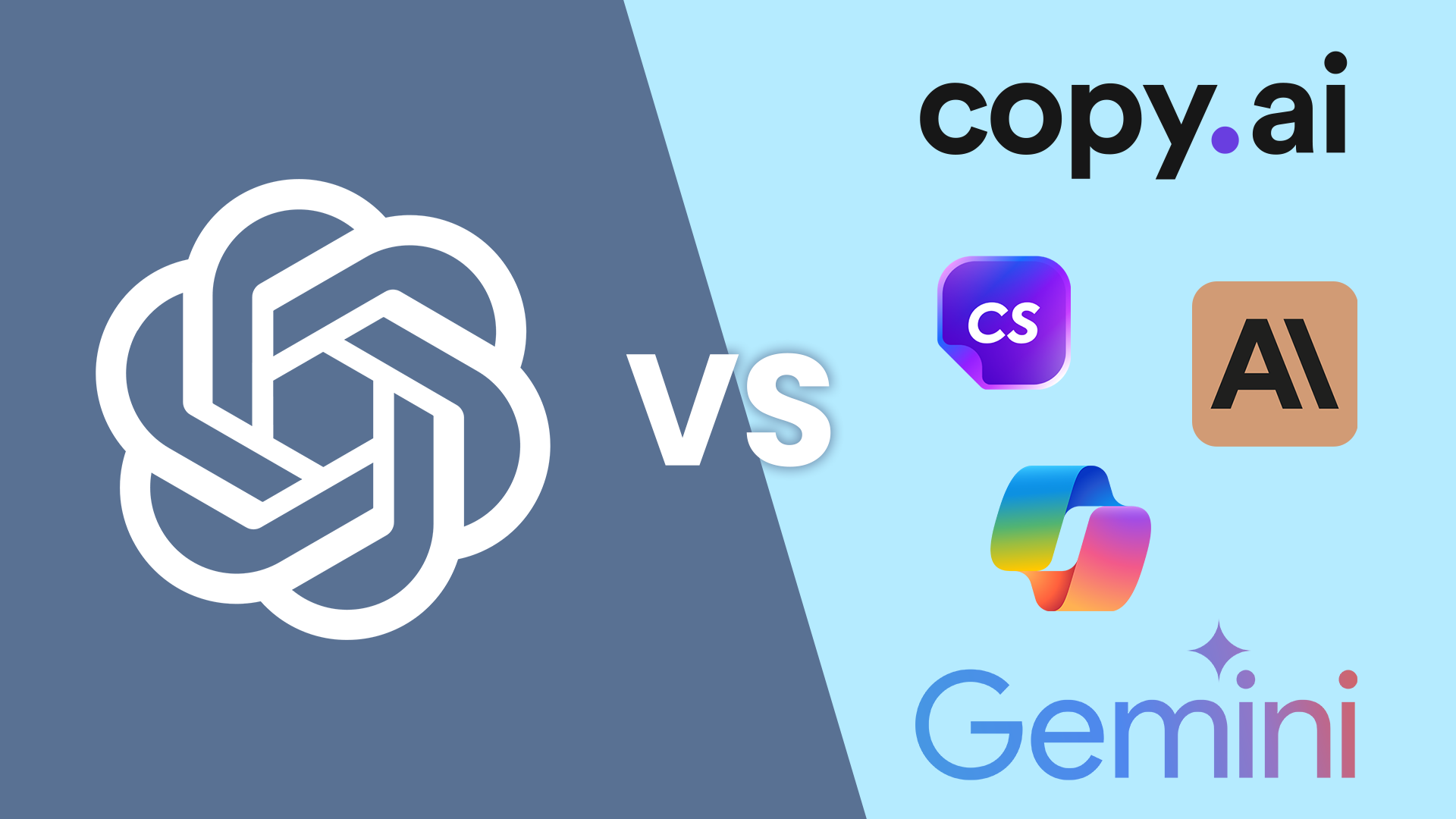What is ACV in Sales? And why is it so important in sales and marketing outreach? What is the difference between Annual Contract Value and Annual Recurring Value?
Table of Contents
What is ACV in marketing?
Account Contract Value (ACV) is a metric or revenue measure that can help you assess the effectiveness of your sales and marketing teams. Most managers don’t explore it fully. It could be that they are unaware or aren’t confident in calculating it accurately.
What is the difference between ACV and TCV?
Total Contract Value (TCV) is considered the total value of a customer’s contract. TCV does not include recurring revenue but only one-time revenue. Annual Contract Value (ACV) is the recurring value of a customer’s contract for any 12 months. ACV does not include one-time revenues
What is ACV in business?
The annual contract value is the revenue that a client generates annually for your company. It is the average revenue per customer contract and only deals with customers instead of total revenue in a company from all sources.
This is an important SaaS metric used to sell subscription plans with multi-year or annual terms. In the next section, we will explore it further.
Although it isn’t the most exciting task for sales leaders, it’s important.
Some of the most crucial metrics to track are customer acquisition cost (CAC), lifetime worth (LTV), total revenues, annual recurring revenue (ARR), and conversion rate.
These metrics in Enterprise CRM will help you see the bigger picture of your sales strategy. These metrics allow you to identify areas of friction and determine what is working in your sales process.
ACV is another metric that you could include in your collection? This can be used to compare your collection with others.
Let’s find out everything we can about ACV. It is what it is, how it compares with other metrics, and how you can calculate it.
Companies can compare it with metrics like ARR and CAC. Comparing your ACV with CAC will allow you to determine how long it will take to make a profit on a particular contract.
Source : Freepik.com
What is ACV in Sales?
Annual contract value (ACV) is a key metric. It shows how much a customer contract is worth over a year by normalizing and averaging its value. ACV can be used to calculate the dollar value of all customer accounts. Different plans come with different prices.
How do you calculate ACV in sales?
How to calculate what ACV is. This formula will calculate ACV: Total contract value x number of years = ACV. If a customer signs an agreement for a five-year contract worth $50,000, your ACV would then be $10,000. If the contract is written every month, you can multiply 12 by the monthly recurring revenue (MRR).
ACV is not an industry standard, so that businesses may calculate it differently? One company may include setup fees, while another might not. No matter what business you choose, ensure you have a consistent method of calculation to allow you to compare metrics.
You may be thinking that ACV sounds similar to ARR. The truth is that the metrics are different. Let’s see how ARR differs from ACV.
What is ACV in finance?
ACV refers to the normalized annual value for one contract? ARR, however, is the account of recurring revenue across multiple contracts. Finance companies are expected to use ARR year after year as a standard industry metric.
ACV vs ARR?
ARR is a standard metric that can evaluate a company’s performance at a particular time. On the other hand, ACV is a normalized revenue measurement that spans multiple years.
ARR is a common calculation used by most companies. ACV may be more valuable for subscription-based businesses, such as SaaS tech companies or B2C subscription retailers.
What is the average ACV for SaaS businesses? Consider important fundamentals in CRM. Let’s see below.
What is acv in software sales?
There are no standard ACV for marketing in SaaS companies. The long answer is more complex for ACV SaaS.
You must understand the differences between subscription models and SaaS companies when calculating ACV. It could be industry-specific.
Netflix, for example, is a subscription-based business, but its monthly costs are quite low. Netflix charges $12.99 per month, making only $155.88 per customer annually.
The company’s annual revenue was $15.8 billion in 2018. This is because the company most likely diversifies its revenue streams and has many customers who don’t pay as much as a few customers.
According to a Pacific Crest survey, the median ACV for private SaaS companies was $21K. 26% of respondents were below $5K, and 13% were above $100K. This is not a representative sample and may not reflect the average ACV of all SaaS companies.
MYNPEC also broke down these numbers by B2C or B2B companies. B2C companies like Netflix and FabFitFun had an average ACV of $100. B2B companies, such as HubSpot or Salesforce, had an average ACV of $1,080.
Is ACV more valuable when it’s measured against other sales metrics? It shouldn’t be considered individually. ACV will likely be used with TCV, CAC, and ARR.?
Comparing ACV to CAC will show you that if the annual contract value isn’t equal to the cost of acquiring a customer, there may be a problem. It could be a situation that you are spending too excessively time securing contracts. If this is the situation, you may desire to examine your sales process for friction.
Although ACV is a useful metric compared to other sales metrics, it’s also important to understand that you can still have a large and successful company with a low ACV.
How do I calculate DV in AVC?
Let me give you an example. If a customer signs up to a 2-year contract worth $20,000, your Annual Contract Value is $20,000/2= $10,000.
ACV can be calculated differently depending on the industry? A company may want to include setup costs and insurance costs. Others might prefer to leave that to the experts. You should use the same method to calculate ACV no matter what the business is. This will allow you to compare the metrics easily.
Your ACV is what will help you determine how many clients you need to reach your next sales goal. To describe a great sales program, first, you need to determine the average deal size. Second, you will need to calculate the sales cycle. You can easily build a SaaS company worth $100 million if you know this.
You might wonder if ACV and ARR look very similar. They might look the same, but in fact, they are two diverse SaaS metrics. Still confused? These are the main differences between the terms to help you see the big picture.
These terms are often misunderstood in the sales world. The Annual Recurring Revenue and Annual Contract Value are more like cousins. Their values match one another, and they have similar definitions. This is why they are sometimes interchangeable. Let’s now clarify the differences.
Is ACV the same as revenue?
ACV refers to the amount of money generated by subscription-based activities in a given year. However, ARR stands for the total revenue generated by subscriptions in a company’s calendar year. It is simply the annual income from a subscription. Whereas
ARR is also more similar to a standard metric that businesses can check at a single point in time. Contrary to popular belief, ACV is a revenue measurement spread over a few years.
Revenue is considered the total amount of income that is generated by the sale related to goods otherwise services associated with a company’s primary operations
Subscription-based businesses require the calculation of ACV most. This applies to all B2B, B2C, and SaaS-tech organizations. On the other side, ARR is not industry-specific and can be used by many.
What is the net annual contract value?
Annual contract value (ACV) is a crucial metric indeed. It shows how much a customer contract is worth over a year by normalizing and averaging its value. ACV can be used to determine the dollar value of all customer accounts.
How can you increase ACV?
Cross-selling and upselling are key statistically in the international market: Your customer base will grow, and so will your needs.
This is when upselling, a crucial sales technique, will work in your favour. If done correctly, you can even let customers buy more expensive services. Processing big money = great value is not difficult.
This is, however, a crucial yet delicate step. You want to raise your sales and profit, but wouldn’t you rather do this at a customer’s expense? You might be wrong.
You are there to serve your customer. If you attempt to force a customer into making a purchase decision, even though they’re not ready, they may go away.
It would help if you placed your prices above the average of competitive prices. This shouldn’t be too difficult to do. You will experience an increase in ACV if you raise your prices. You already know that more money equals more value. Other factors to consider further in calculating ACV:
- Period Of Time
- ACV Store
- Mobile Insight
- Actionable Insight
- Brands With Insight
- Marketing Costs
- Marketing Efforts
- B2B SaaS Growth Consulting & Product Marketing
- ARR Formula
- ACV Bookings
- Term Bookings
- ACV Calculation
- Calculation For Profits
- Retail Locations
- Add-On Product Or Service Suggestions
- Industry Standard Metric
- Cheap Training
- Billing Cycle Structure
- Billing Structure
- Informed Decisions
- Business Decisions
That’s it!
Although it may seem difficult to get started with ACV, it will be easy once you are familiar with the basics. Do not be intimidated by the term ACV. It is easier to understand ACV and to be able to compare clients.
This can also be used to evaluate the effectiveness of your Sales and Marketing programs. It will tell you if the performance is good, bad, or ugly. You can also compare your ACV to other key metrics like CAC.
The bottom line is that measuring ACV is the cornerstone of any high-performing sales organization like MYNPEC to gain consultancy advice and to hire a business consultant. There are many latent opportunities to gain value from ACV. This guide has been useful to understand “What is ACV in Sales?”.
FAQs
1.How do I calculate the dv in ACV?
ACV (or annual contract value) is the amount of revenue that a contract generates over a given year. SaaS companies that have multi-year or yearly contracts use this metric. This is arrived at by calculating an average annual number and breaks down the total contract value (TCV) annually.
2.What is the trick to help increase sales with ACV?
This is another tricky step. You need to be aware of what you are doing. Your customers will be tempted to leave if you increase your prices.
You don’t desire to give your customers too much notice or force them into signing a contract without giving them any nudges. Treat your customers as you would deal with a buyer.





